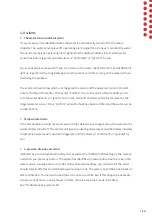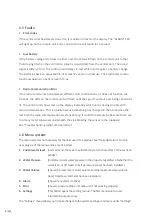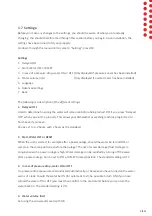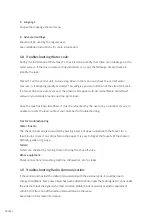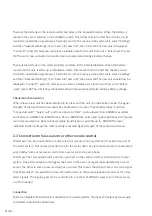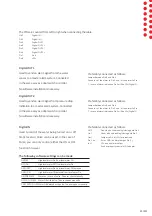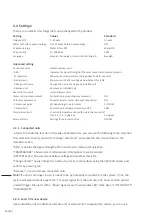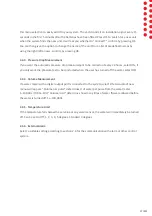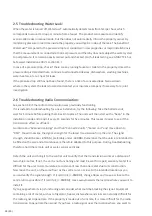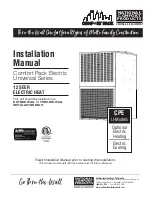
18 (20)
2.5 Troubleshooting Water Leak:
When the water is turned off, WaterFuse® automatically detects leaks from 5ml per hour, which
corresponds to around 1 drop per minute from a faucet. The product can measure and identify
even smaller leaks in manual mode, but then does not automatically inform the property owner. By
monitoring pressure in real time inside the property, you will gain an idea of the leak. The benefit of
WaterFuse® compared to the pressure drop test conducted in new properties or major installations is
that the measurement is conducted at normal pressure and thereby does not subject the water system
to overpressure. It can also be easily carried out and checked. (For full leak testing, see AMA YTC.15 or
Safe water installation 2007:1 section F1.)
In case of a pressure drop, check if there are any running faucets or toilets in the property. Unless the
pressure drop is detected there, continue to all connected devices, dishwashers, washing machines,
water heaters, etc. to check for leaks.
If the pressure drop still has not been found, there is a risk of a concealed leak. Narrow down
where in the system the leak is located and contact your insurance company if necessary for a joint
investigation.
2.6 Troubleshooting Radio Communication:
See section 1.9 if the radio communication was previously functioning.
If it is instead a troubleshooting for a new installation, try the following: Take the batteries out,
wait for 1 minute before putting them back into place. The units will then start with a “beep” in the
installation mode and transmit every 15 seconds for five minutes. This makes it easier to see if the
transmission effect is sufficient.
Go into menu “Advanced settings” and then “Connected units”, “Select unit” and move down to
“RSSI”. You will now see the signal strength for the latest transmission from the unit. The signal
strength should be over -85DBM, preferably under -60DBM. Remember that the units are intended to
be fitted on the wall and all antennas are therefore adapted to this purpose. During troubleshooting,
therefore hold the remote unit or water sensor vertically.
Detach the unit and bring it to the central unit to verify that the transmission works at a distance of
two–three metres. If not, the unit is not functioning and must be sent for repair/warranty. Note! It is
difficult for the unit to communicate at a distance of less than one meter due to its construction.
Now move the unit, on the same floor as the central unit, as close to the intended location as you
can and verify the signal strength. If it is still ok, (<-85DBM), change floors and move as close to the
central unit as possible. If it is still ok, (<-85DBM), move away towards the location where you want to
install it.
Try to gauge where it stops functioning and consider what could be blocking the signal. Equipment
containing a lot of metal, such as refrigerator, freezer, dishwashers and sinks are naturally difficult for
the radio signal to penetrate. If the property is made out of concrete, it is more difficult for the radio
transmission to penetrate than wood. If you have a radio signal near the location where you want to




